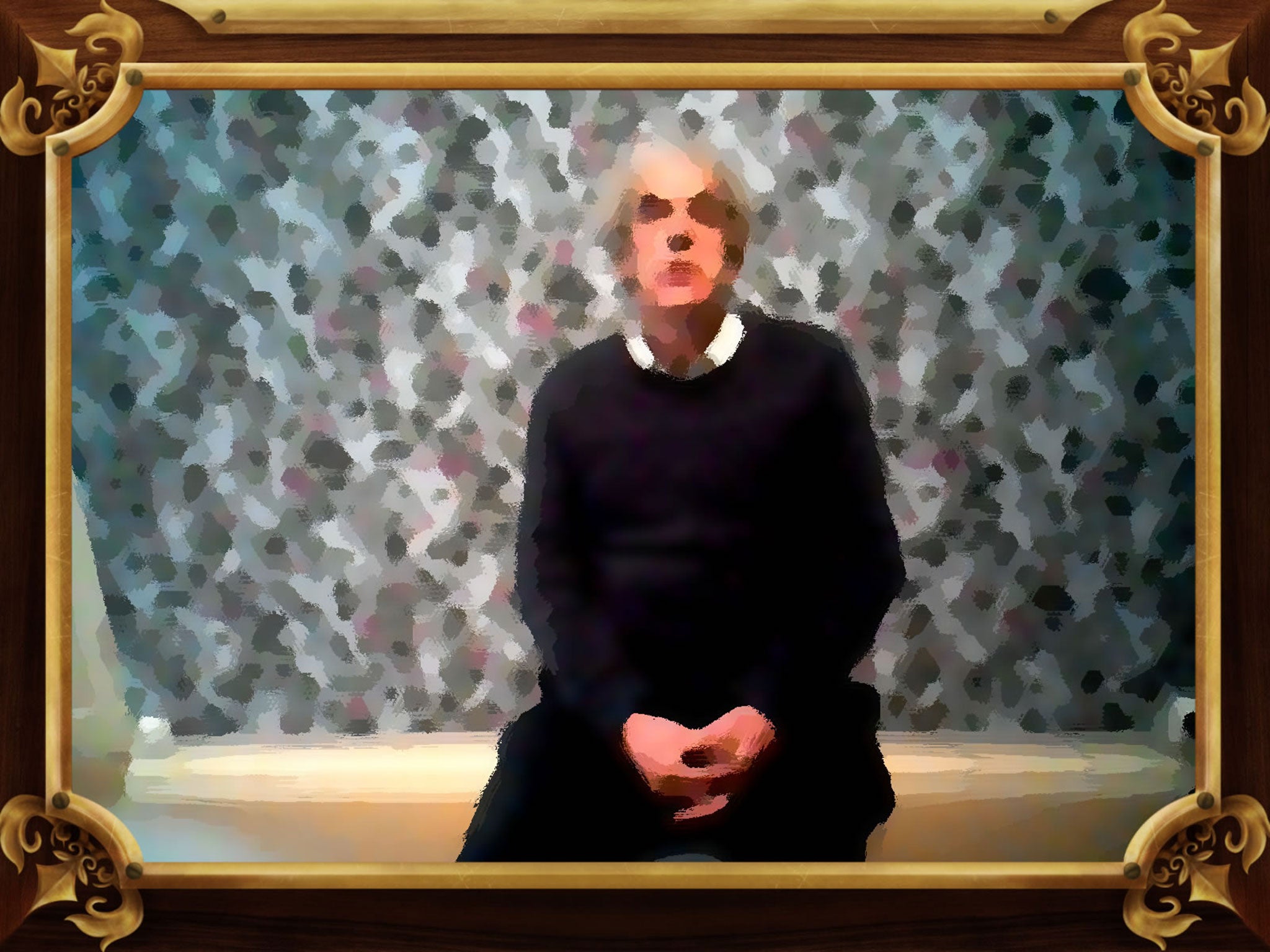Normandy Diary: How Monet is being thrust into the modern age
The Rouen art museum creates Monet-style selfies as part of the Normandie Impressioniste festival

Eugene met Oscar on a beach in Normandy 160 years ago this summer.
Eugene Boudin, 32, was painting in the open air, which was regarded as an eccentric or British thing to do at the time. Oscar-Claude Monet, 16, was an art student although his family wanted him to become a grocer.
From that meeting flowed Impressionism, the great Norman art movement.
Oh, very well, d’accord, things were a little more complicated than that. Impressionism was a rebellion against convention by young artists in Paris in the 1860s and 1870s. One of their leaders was Claude Monet, who had by then dropped his Oscar. The other painters came from all sorts of places.
In its origins, however, the world’s favourite art movement was coloured by the towns and fields and beaches – and above all by the restless weather – of Normandy. Several of the great Impressionist painters and their predecessors – Monet, Degas, Corot, Boudin – were Norman or had Norman connections.
The movement took its name from Monet's “Impression Sunrise”, which was painted at Le Havre on the Norman coast in 1872. Even non-Norman Impressionists like Pissarro, Renoir and Gauguin painted many |Norman scenes.
Six years ago, Normandy made an elaborate attempt to wrest back some of the credit for Impressionism from the French capital. A sprawling arts festival, “Normandie Impressioniste”, was held in 100 Norman towns and villages. It attracted 1,000,000 visitors.
A second festival in 2013 was almost as successful. A third, even more sprawling, Normandie Impressioniste festival began last week and will continue until late September. There will be 450 events, including large exhibitions in Rouen, Caen, Honfleur, Le Havre and Giverny and smaller ones in Bayeux, St Lô, Cherbourg, Vernon and scores of other towns and villages.
The events include concerts, plays, films, concerts, boat trips, sound and light shows, picnics (“déjeuners sur l'herbe”), riverside dances and guided walks. The central theme this time is Impressionist portraits, rather than landscapes. For details, see www.normandie-impressionniste.eu
There is also a wonderful, related exhibition at the Musée Jacquemart-André in Paris – “L’Atelier en Plein Air (The open air art studio) which traces the Norman and British roots of Impressionism.
Both festival and Paris exhibition have been influenced by the work of Jacques-Sylvain Klein, a Norman-born art historian, lawyer, economist and former senior official in the French parliament. Mr Klein believes that the elusive light of Normandy inspired Impressionism, first through watercolours painted by J.M.W. Turner during a visit in the 1830s, then through the works of Boudin and Monet.
“The light of southern France is magnificent but relentless and predictable,” he says. “The light of Normandy is ever-changing. Impressionism is about the instantaneous, about ‘fugacité’ – the fleeting, how to capture the essence of the passing moment. In that sense, Impressionism is quintessentially Norman.”
When Monet painted the façade of Rouen cathedral (in 1892-3) he worked on up to 14 different canvasses at one time. He ended up painting 31 different versions of the cathedral. The fickleness of the Norman weather drove him crazy.
“It's getting worse and worse,” Monet wrote on one occasion. “At 9am there was hail. Then, in 10-minute intervals all day long, we had a procession of rain, sun and snow.”
The Norman weather this spring is much the same and has prevented me from planting my seed potatoes; but how beautiful the countryside looks for two minutes in every hour.
The first Normandie Impressioniste festival was pushed strongly by the Norman politician and former French prime minister and foreign minister, Laurent Fabius. He thought that it would help to generate popular support for the “unification” of the two Norman regions, upper and lower, created by President François Mitterrand in the 1980s.
Six years later, thanks to another Norman-born politician, President François Hollande, Normandy is whole again. In January this year, 950 years after the Conquest, William’s former Dukedom became a single administrative unit for the first time since Bad King John lost it carelessly to the French in the early 13th century.
Upper Normandy, near Rouen, our new provisional “capital”, is, I confess, alien territory to me. In the new found spirit of Norman unity, I went along this week to Rouen art museum to see its contribution to the Normandie Impressioniste festival.
Perversely, the exhibition concentrates on impressionist portraits and domestic scenes mostly painted in the Paris area. It is a marvellous show all the same, beginning with a handful of Monet’s earliest works - sketches and caricatures signed “Oscar”.
The Rouen exhibition has a device for creating “impressionist selfies”. A camera linked to a computer programme converts your photograph for free, into a “painting” by your favourite impressionist painter.
I now have a fetching image of myself, as Claude Monet would have pictured me. Offers will be considered starting at Euros 1,000,000.
Join our commenting forum
Join thought-provoking conversations, follow other Independent readers and see their replies
Comments
Bookmark popover
Removed from bookmarks